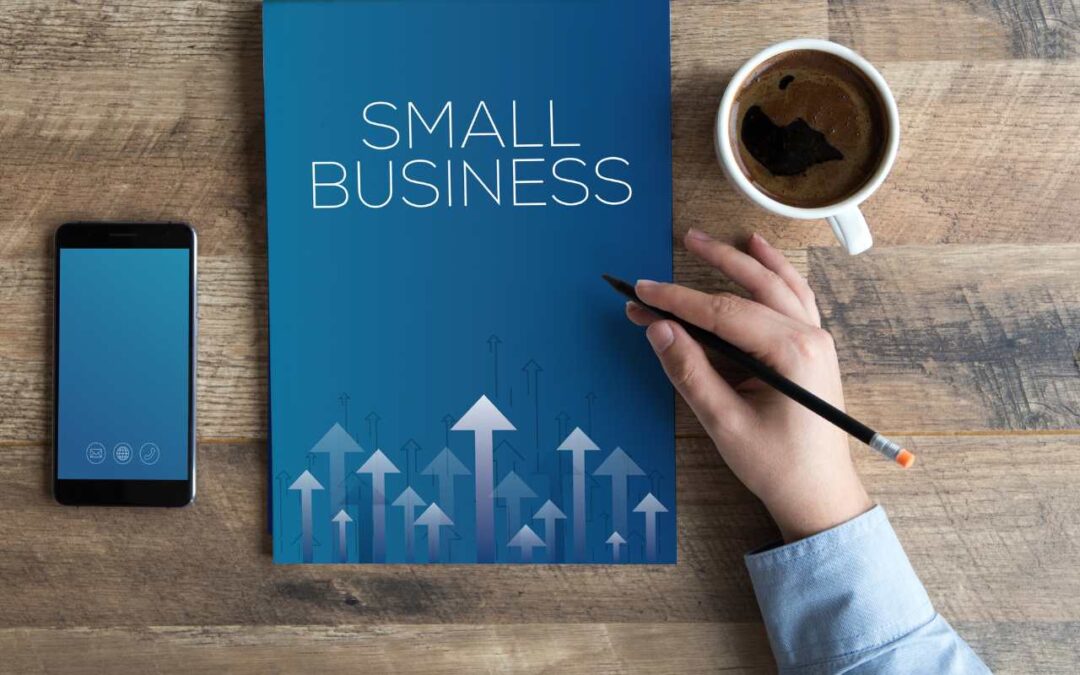From the initial awareness stage, when someone learns about your business, to the stage where a consumer purchases your product or service, a marketing funnel maps the “journey” from one stage to the next.
Understanding the funnel will help your business to know what it should be doing at each stage in order to influence the consumer — driving more brand awareness, leads, sales and customer loyalty.
What Are the Stages of a Marketing Funnel?
The number of marketing funnel stages varies depending on how granular you want to get, but the following 6 stages are most common:
- Awareness
- Interest
- Consideration
- Intent
- Evaluation
- Purchase
The Awareness Stage
This is the top stage of the marketing funnel. Potential customers enter into this stage through marketing campaigns and consumer research. Brands are often discovered via events, PPC, content (blog posts, infographics, etc.), social media, search, etc. The ultimate goal here is to generate leads for nurturing further down the funnel.
The Interest Stage
Once you have someone’s contact information (a lead), the next stage is where that lead learns more about your company, brand and products/services. This is your opportunity to develop a relationship with the people in your database and to position your brand. Leads can be nurtured via emails, newsletters, social media, etc.
The Consideration Stage
In the consideration stage, leads have converted into prospects; they’ve shown they want to know/understand more about your business. They want more information about your products and offers, and you can deliver this via automated email campaigns, while continuing to nurture them with targeted content, case studies, free trials and more.
The Intent Stage
In this stage, prospects have given some indication that they are interested in buying your product/service. They may schedule a consultation, complete a product demo, or place a product in their shopping cart. Your goal is to keep them engaged and interested. As an example, send them email & text follow up & reminders after they schedule a call.
The Evaluation Stage
Here, the prospect is making a final decision about whether or not to buy your product or service. Marketing and Sales should align and work together to nurture the decision-making process and convince the prospect that your offer is the best choice.
The Purchase
This is the last stage in the marketing funnel, where a prospect has made the decision to buy and turns into a customer. From here, it’s all about the customer experience and ensuring they are not only retained, but that they become an advocate for your business.
The Benefits of Mapping Your Marketing Funnel
Whether or not you outline the marketing funnel for your business, your customers are still going through a journey to buy your product or service. And how smooth that journey is, depends on you.
That’s why it’s important to map out your marketing funnel. In doing so, you can clearly see what marketing and sales activities your business is doing to nurture your buyers. You’ll also be able to determine what needs to be measured. This, in turn, shows you where you’re losing customers which will help you pivot your strategy, if needed.
In summary, having a marketing funnel will:
- Simplify your customer’s journey
- Bring visibility to every stage of connecting with your customers
- Help you measure and pivot as needed
If you want to better understand your marketing funnel for your business and develop a strategy for targeting consumers at every stage, then schedule a call and we’ll map it out for you!

